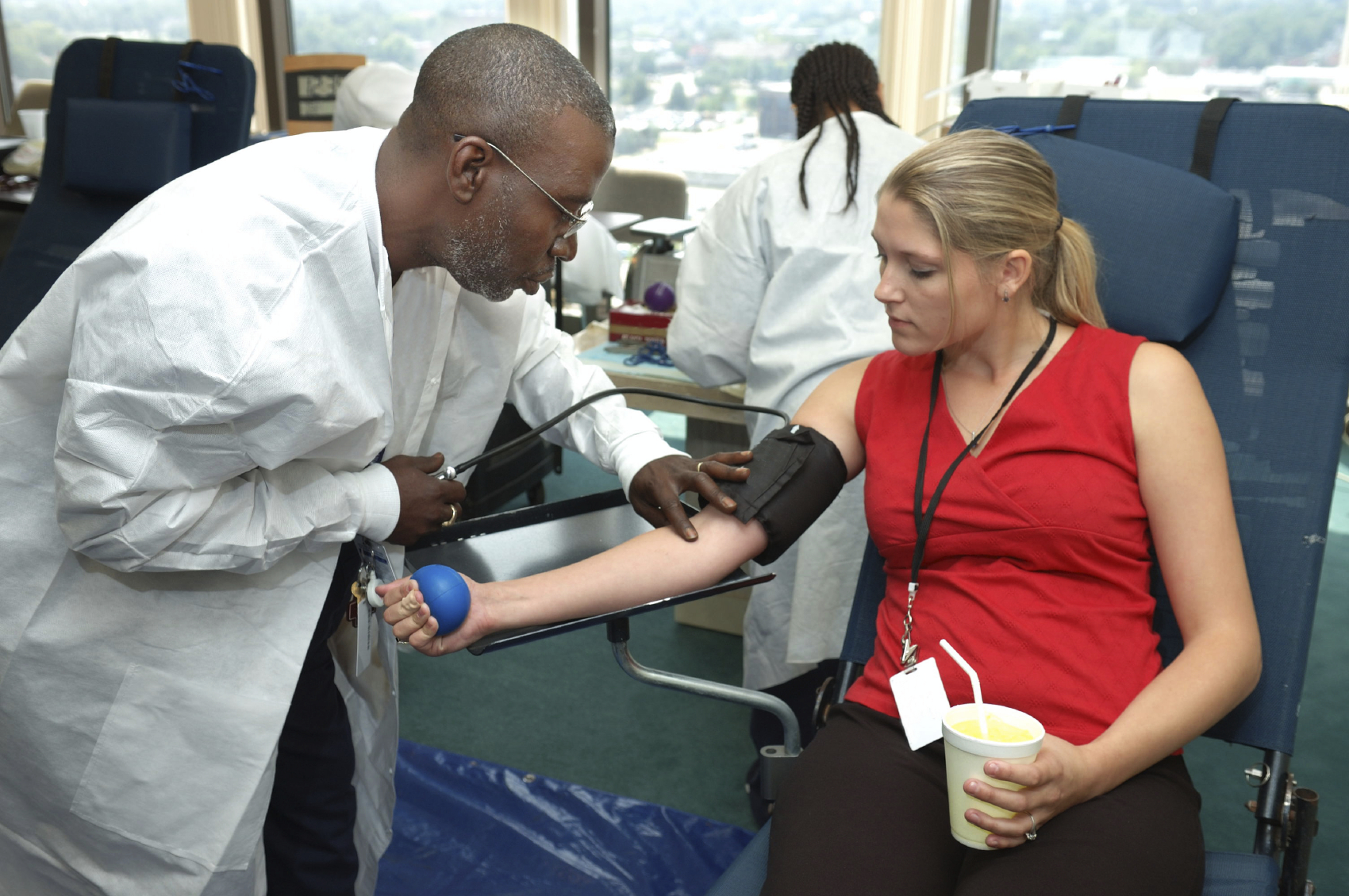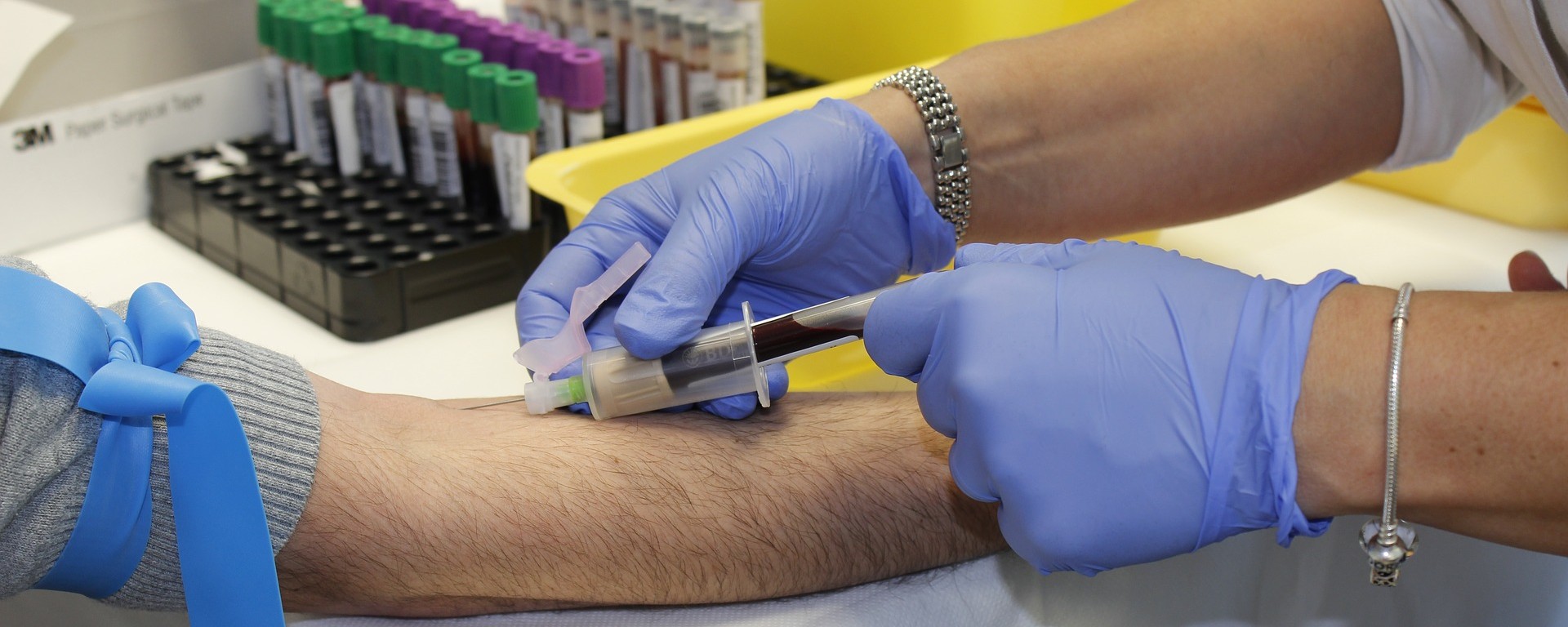The Single Strategy To Use For Northeast Medical Institute - New Haven Campus Phlebotomy Course & Cna Class
The Single Strategy To Use For Northeast Medical Institute - New Haven Campus Phlebotomy Course & Cna Class
Blog Article
How Northeast Medical Institute - New Haven Campus Phlebotomy Course & Cna Class can Save You Time, Stress, and Money.
Table of ContentsNortheast Medical Institute - New Haven Campus Phlebotomy Course & Cna Class Can Be Fun For AnyoneOur Northeast Medical Institute - New Haven Campus Phlebotomy Course & Cna Class StatementsNot known Facts About Northeast Medical Institute - New Haven Campus Phlebotomy Course & Cna ClassThe Definitive Guide for Northeast Medical Institute - New Haven Campus Phlebotomy Course & Cna ClassThe Facts About Northeast Medical Institute - New Haven Campus Phlebotomy Course & Cna Class UncoveredNortheast Medical Institute - New Haven Campus Phlebotomy Course & Cna Class for Beginners
However, making use of such devices must be accompanied by other infection prevention and control practices, and training in their use. Not all safety devices apply to phlebotomy. Before selecting a safety-engineered device, individuals need to extensively check out offered tools to determine their proper usage, compatibility with existing phlebotomy techniques, and efficiency in securing staff and people (12, 33).For settings with reduced resources, expense is a motoring aspect in procurement of safety-engineered tools. Where safety-engineered tools are not offered, skilled usage of a needle and syringe is appropriate.
In the blood-sampling space for an outpatient division or clinic, supply a comfy reclining couch with an arm rest.
More About Northeast Medical Institute - New Haven Campus Phlebotomy Course & Cna Class
Guarantee that the indications for blood tasting are plainly defined, either in a composed procedure or in documented directions (e.g. in a research laboratory form). Accumulate all the tools needed for the treatment and location it within safe and simple reach on a tray or trolley, guaranteeing that all the items are plainly noticeable.
Where the individual is adult and conscious, adhere to the actions laid out listed below. Present yourself to the person, and ask the individual to mention their complete name. Check that the lab kind matches the patient's identity (i.e. match the patient's information with the lab type, to ensure precise recognition). Ask whether the license has allergic reactions, phobias or has ever passed out throughout previous injections or blood draws.
Make the individual comfy in a supine setting (if feasible). Place a tidy paper or towel under the individual's arm. Go over the examination to be performed (see Annex F) and acquire spoken approval. The individual has a right to decline an examination at any type of time before the blood tasting, so it is very important to guarantee that the individual has recognized the procedure.
The Best Strategy To Use For Northeast Medical Institute - New Haven Campus Phlebotomy Course & Cna Class
Expand the person's arm and inspect the antecubital fossa or forearm. Find a vein of an excellent dimension that shows up, straight and clear. The diagram in Area 2.3, reveals common positions of the vessels, however several variants are feasible. The median cubital blood vessel exists in between muscular tissues and is typically one of the most simple to puncture.
DO NOT place the needle where capillaries are diverting, because this increases the opportunity of a haematoma. The blood vessel should be visible without using the tourniquet. Situating the vein will assist in figuring out the proper size of needle. Apply the tourniquet about 45 finger widths over the venepuncture website and re-examine the capillary.
Specimens from central lines lug a danger of contamination or wrong laboratory examination results. It is appropriate, yet not perfect, to attract blood specimens when initial presenting an in-dwelling venous device, prior to attaching the cannula to the intravenous liquids.
Northeast Medical Institute - New Haven Campus Phlebotomy Course & Cna Class for Dummies
Allow the location to completely dry. Failure to permit sufficient contact time increases the threat of contamination. DO NOT touch the cleaned up site; specifically, DO NOT place a finger over the blood vessel to lead the shaft of the subjected needle. It the website is touched, repeat the sanitation. Execute venepuncture as follows.
Ask the client to create a fist so the blood vessels are much more prominent. Go into the capillary promptly at a 30 level angle or much less, and remain internet to introduce the needle along the vein at the easiest angle of entrance - Phlebotomy Classes. When sufficient blood has been gathered, launch the tourniquet prior to withdrawing the needle
Excitement About Northeast Medical Institute - New Haven Campus Phlebotomy Course & Cna Class
Withdraw the needle carefully and use gentle pressure to the site with a tidy gauze or completely dry cotton-wool sphere. Ask the individual to hold the gauze or cotton wool in area, with the arm expanded and elevated. Ask the client NOT to flex the arm, due to the fact that doing so triggers a haematoma.

Indicators on Northeast Medical Institute - New Haven Campus Phlebotomy Course & Cna Class You Need To Know
Do not push the syringe bettor since extra stress enhances the threat of haemolysis. Where possible, maintain the tubes in a rack and relocate the rack towards you. Inject downwards right into the appropriate coloured stopper. DO NOT remove the stopper due to the fact that it will release the vacuum. If the example tube does not have a rubber stopper, infuse incredibly slowly into television as minimizing the pressure and rate used to move the sampling minimizes the danger of haemolysis.

Report this page